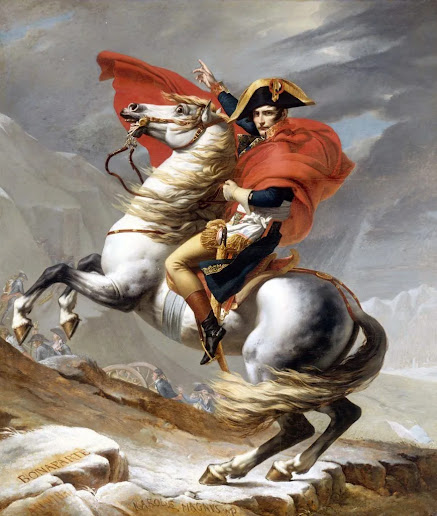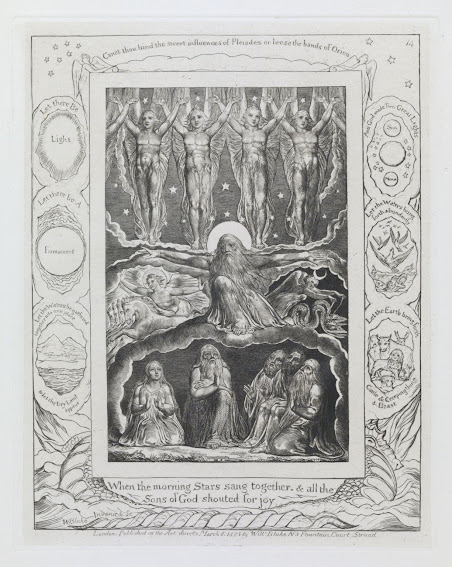Science and Art in the Classical Era
The Classical Era brought major changes in art, science, and politics. This blog will focus on the advances made in the two former items. Some very clever and influential scientific minds were born in this decade. The relaxed attitude that people were attaining at this time encouraged these minds to develop their ideas, and spread their discoveries.
Highlights of the Classical Art World
There were two styles of art that were prominent during the Classical Era. These are Rococo and Neoclassical. Rococo began in the early 1700s, was most popular around 1775, and was replaced by Neoclassical art around 1785. The Rococo style was very fun and pretty, with pastel colors, angelic figures, and themes devoid of violence and negativity. A type of painting that was popular among Rococo artists was the fete galante. This particular style can be seen below. It focused on people in fancy dress enjoying peaceful settings, such as gardens.
This lovely image,
The Bird Catchers by Francois Boucher (1703-1770) in 1748, shows the attire that was a theme of fete galante Rococo paintings. There is no clear record of where Boucher was when he painted this piece, but it was likely somewhere in France. (
Getty)
Personally, I love this piece. There are a lot of vibrant colors, and the overall mood is cheery. One thing that I don't understand though, is why the trees are so dark. It looks as if there is a forest, but it totally disappears. It doesn't look accurate how the trees are so dark but cannot possibly be thick enough to block out the light.
Now, let us look at the other art style of the Classical Era, Neoclassical. Neoclassical art essentially replaced Rococo art in 1785. It featured an entirely different look and theme. The overall tone of Neoclassical is also very serious. The themes in popular art had quickly turned around. Neoclassical art featured strong line-work instead of Rococo's smooth curves, and was strongly influenced by Roman culture. It was partly inspired by the discovery of the Roman cities Pompeii and Herculaneum.
Here we see the work of Jacques Louis David (1748-1825). He painted
Napoleon Crossing the Alps (also called
Bonaparte at the St Bernard Pass) in 1801-1805 in France. This piece feels very intense, and has exquisite line-work. The diagonal line going from bottom right to top left creates a sense of motion in the horse rearing up and Napoleon pointing. It contrasts very strongly with the serenity of the aforementioned
The Bird Catchers. (
smarthistory)
I think that everything except for the Napoleon and his horse look flat. The sky and rocks are not nearly as detailed as the main focus of the piece. Of course, this is a method of highlighting Napoleon, but I don't think that giving the clouds more depth would have taken away from the excitement of his pose and the only real color that is his red cape.
Scientific Discoveries of the Classical Era
The new free-thinking attitude that spread throughout the lands led to some amazing scientific discoveries. Some notable minds of the Scientific Revolution include Sir Isaac Newton and Carolus Linnaeus. Some beautiful scientific art that I found was done by Georgius Dionysius Ehret (1708-1770). He was a master of botanical drawings, and worked with Carl Linnaeus to create a classification system. Some of his art can be viewed
here.
This drawing by Georgius Ehret is very different from the other works that I have written about so far this week. It is not a creative piece, but rather, one that needed to be as accurate to the real thing as possible. Drawings such as this were used in documenting the anatomy of plants, Linnaeus started classifying plants before anything else. It is difficult to know where Ehret made his sketches because he made so many. This one was done as part of his work with Linnaeus though, and they worked together in Holland (
botanicalartandartists). The exact time that this image was drawn is impossible to pinpoint, simply because it is part of a collection or works, but was likely done in the early 18th century. The work of Carl Linnaeus is just one of the examples of the scientific advances made in the Classical Era.
I love this man's work! They remind me of the John James Audubon nature sketches. The line-work and colors are so soft and beautiful! There really is a treasure trove of these drawings to be found, and they will appeal to any nature lover. The accuracy of the work is impressive too. Because this piece is meant to referenced to identify future specimens, accuracy was of paramount importance.
Sources
Jacques-Louis David, Napoleon crossing the Alps (no date) Smarthistory. Available at: https://smarthistory.org/jacques-louis-david-napoleon-crossing-the-alps/ (Accessed: 26 June 2024).
About Georg Ehret (no date) BOTANICAL ART & ARTISTS. Available at: https://www.botanicalartandartists.com/about-georg-ehret.html (Accessed: 26 June 2024).





Hey Jack,
ReplyDeleteI really enjoyed reading your blog post and exploring the different art pieces you discussed. It's fascinating how each piece reflects the ideals of the neoclassical era. The emphasis on symmetry, simplicity, and a return to the styles of ancient Greece and Rome really shines through in these works. Your analysis of how each piece embodies these characteristics and contributes to the overall understanding of the neoclassical era was very insightful. I especially appreciated your connections between the art and the historical context of the era. Thanks for sharing your thoughts and shedding light on the significance of these artworks in relation to the neoclassical period. Looking forward to reading more from you!
Hi Jack,
ReplyDeleteTo begin with, like always, thank you for sharing this well thought out post with me. It was presented in an equally skillful and intelligent manner. The Classical Era was one filled with vibrant innovations and advancements that are very much reflected in the pieces you picked out. I’m a huge fan of history, as stated in my previous posts, so I was elated to see you showcasing Jacques David’s legendary piece, Napolean Crossing the Alps. This work has always been a standout one for me from the Classical Era, and your breakdown of it was very strong. Your detailed analysis didn't just stop there but continued for the rest of the post. Overall, great job!
Vaughan